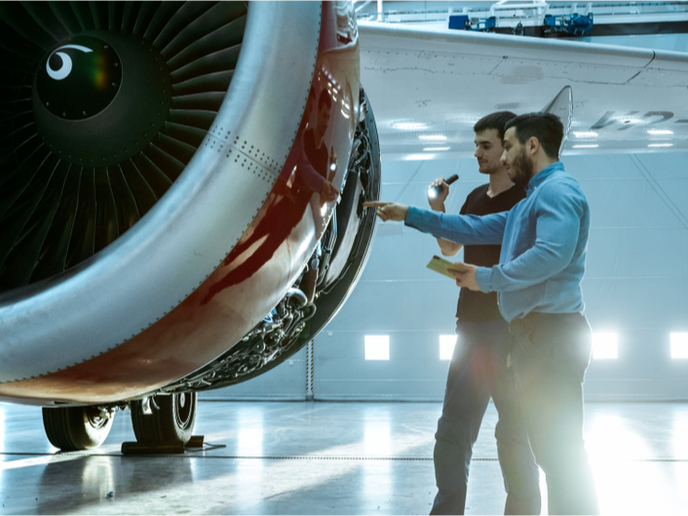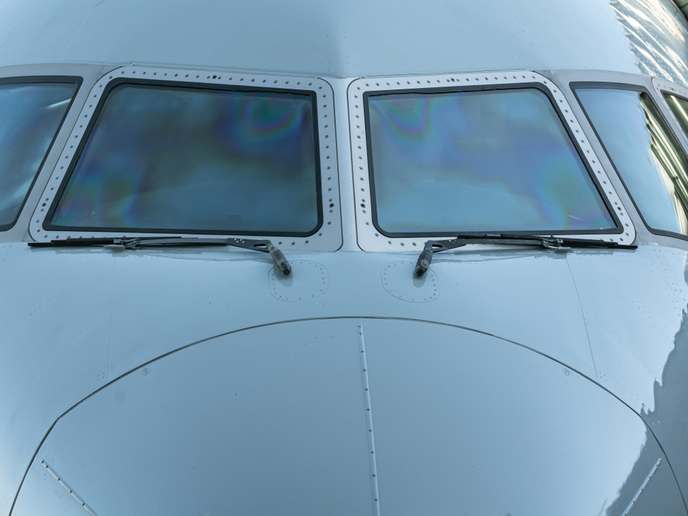New aircraft model on the horizon
Ever since the Wright brothers invented the first aeroplane in 1903, the aviation industry has been constantly introducing new technology to improve manned flight, making it safer and more efficient over the years. One promising technology in improving aircraft propulsion systems involves the use of tail mounted contra-rotating open rotors (CRORs), a system that features two superimposed propellers rotating in opposite directions. By design, CROR engines may be more efficient but they suffer from high noise levels and possibly introduce a high dynamic loading on the tail, requiring intensive research and testing within a wind tunnel. The EU-funded project 'Low speed aerodynamic test of large CROR aircraft model in a closed test section' (L-CROR CTS) took up the challenge. It conducted low-speed aerodynamic test using a 1:7 scale model of a future A320-like aircraft with CRORs designed by Airbus in a closed test section (CTS) in a low-speed wind tunnel. The model was mounted on a ventral sting in the centre of the tunnel and featured two powered counter-rotating propellers driven by two air motors. Project members then studied aerodynamic performance, stability and control using innovative measuring techniques and equipment. This enabled the team to collect key data for an aircraft with two CRORs, focusing on the aero-elasticity aspects of the dynamic loading on the tail section. The acoustic aspects were investigated in a separate wind tunnel test campaign. During the tests, the overall aerodynamic forces and moments on the aircraft model were measured by an internal main balance in the model fuselage. Propeller forces and moments were then measured by separate rotating shaft balances on the propeller axes, leading to complete assessment in an advanced wind tunnel of a future single-aisle transport aircraft with counter-rotating engines. This accomplishment represents significant progress in developing a new European single-aisle transport aircraft. It will enable researches to test the new engine concept more thoroughly and prepare for the first flight of a test aircraft. The project's results have been disseminated to project partners for validation, paving the way for a brave new aircraft model and cementing Europe's role as a true pioneer in aviation.







